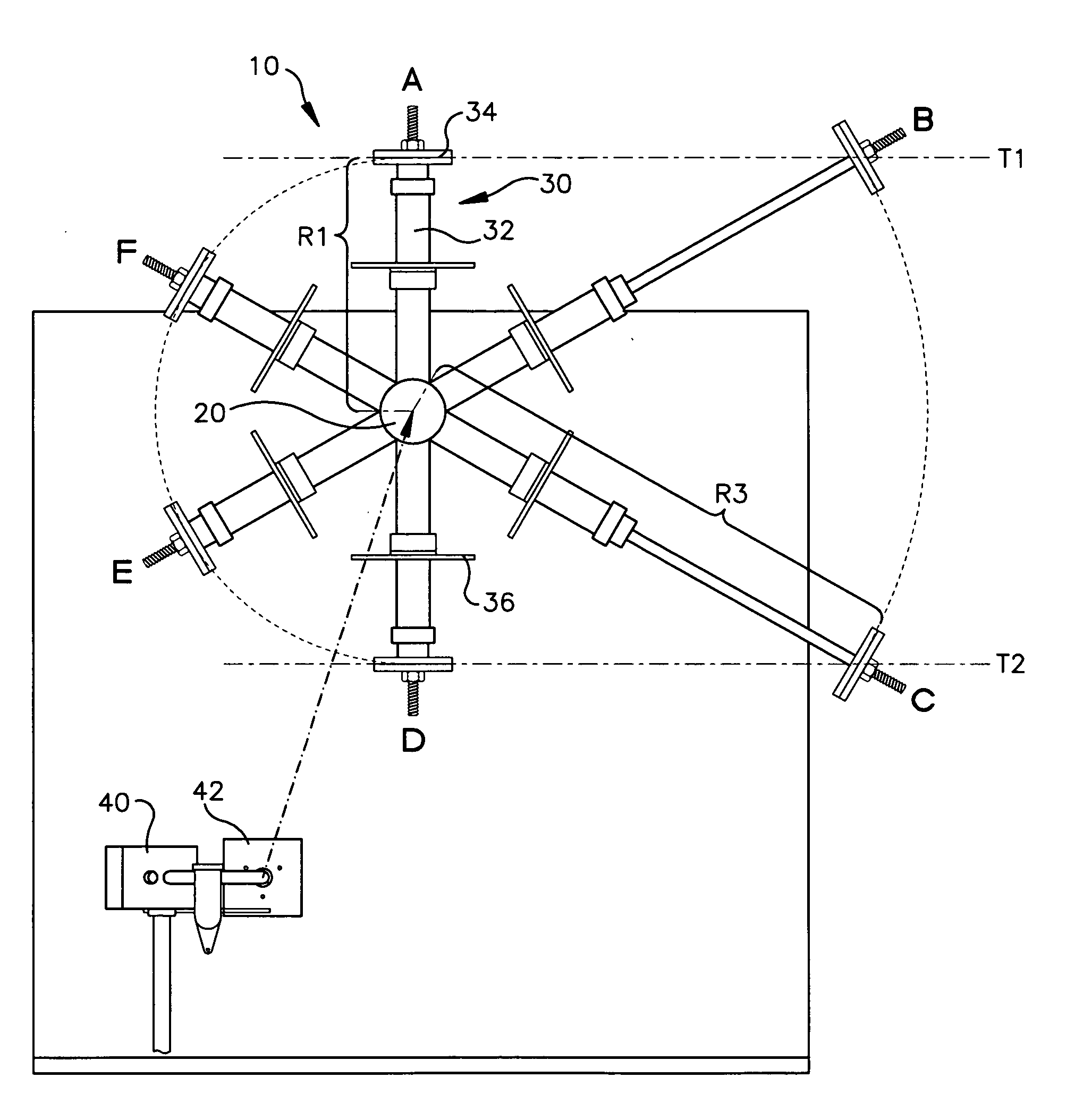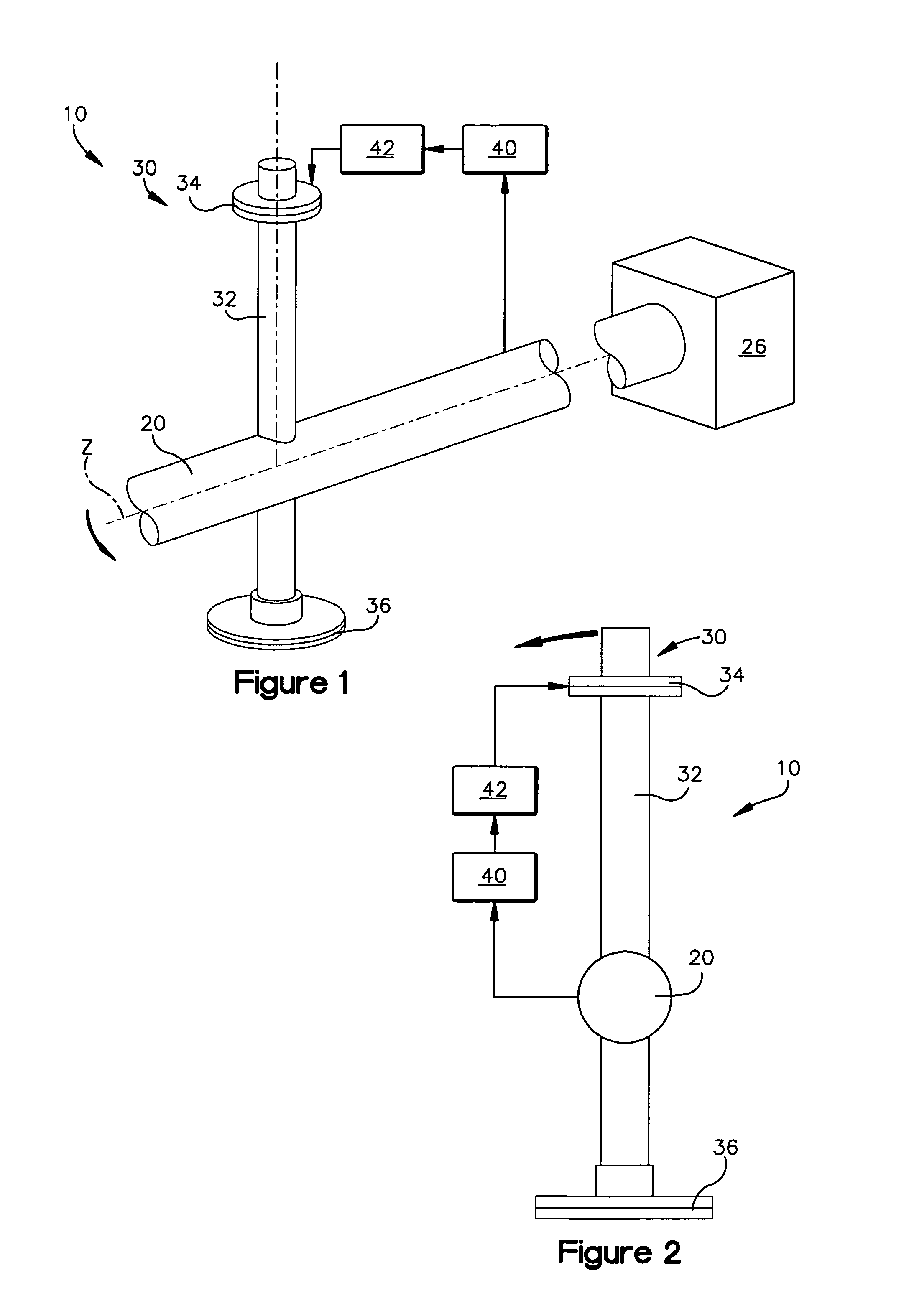Machine and method for converting a linear input to a rotational output
a linear input and output technology, applied in the direction of belts/chains/gearings, motors, etc., can solve the problems of ineffective utilization of gravity, devices that do not operate in a manner, and existing devices such as those described above, and achieve the effect of efficient utilization of gravity
- Summary
- Abstract
- Description
- Claims
- Application Information
AI Technical Summary
Benefits of technology
Problems solved by technology
Method used
Image
Examples
Embodiment Construction
[0018] For the sake of facilitating this detailed description of the invention the approximate rotational positions are described relative to the typical twelve hours shown on the face of a clock. Six o'clock is oriented in the downward direction and twelve o'clock is oriented in the upward direction. Therefore, it will be appreciated that with this orientation, the six o'clock direction is the direction of the force of gravity.
[0019] Further, as used herein the term “upward sweep” refers to rotational movement in a direction opposed to the direction of the force of gravity. Similarly, with this orientation, 0 degrees corresponds to the 12 o'clock position and 180 degrees corresponds to the 6 o'clock position The term “downward sweep” refers to rotational movement in a direction coincidental to the direction of the force of gravity. Rotational movement from twelve o'clock to six o'clock, clockwise or counterclockwise is a downward sweep. Rotational movement from six o'clock to twel...
PUM
 Login to View More
Login to View More Abstract
Description
Claims
Application Information
 Login to View More
Login to View More - R&D
- Intellectual Property
- Life Sciences
- Materials
- Tech Scout
- Unparalleled Data Quality
- Higher Quality Content
- 60% Fewer Hallucinations
Browse by: Latest US Patents, China's latest patents, Technical Efficacy Thesaurus, Application Domain, Technology Topic, Popular Technical Reports.
© 2025 PatSnap. All rights reserved.Legal|Privacy policy|Modern Slavery Act Transparency Statement|Sitemap|About US| Contact US: help@patsnap.com



